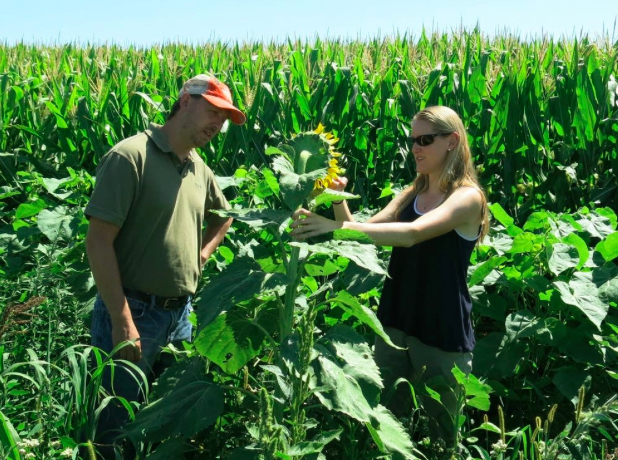Reread this article posted in my last post. Then read this one, Minnesota’s new neonic rules pretty much same old rules.
The new article raises some legitimate questions which will be influenced by whatever further steps Minnesota may or may not take. The current steps will accomplish little.
They still have us making comparisons in pounds, totally inappropriate given that the neonics are 5 to 10 thousand times more toxic than DDT to lower level life forms. As I’ve said before, it’s like comparing rocks and nuclear warheads, both weapons, by weighing them.
According to the figures given, Minnesota is using 95,250 pounds of neonics a year (381,000 divided by the 4), which multiplied by 5000 gives the toxic equivalent of about 476 million pounds of DDT.
It gets worse though, because seed treatments go unaccounted for and represent 90 per cent of actual use. If you add seed treatments in it means that Minnesota is applying the toxic equivalent of about 42 billion pounds of DDT, every year. Year after year.
In its year of highest usage, 1959, only 80 million pounds of DDT were used in the entire country. Nobody seems to grasp the enormity of this environmental poisoning or they prefer to avoid that dirty little secret.
Governor Dayton may take further steps, but it looks like the ones taken so far are just more smoke and mirrors, however well-intentioned they may be.

